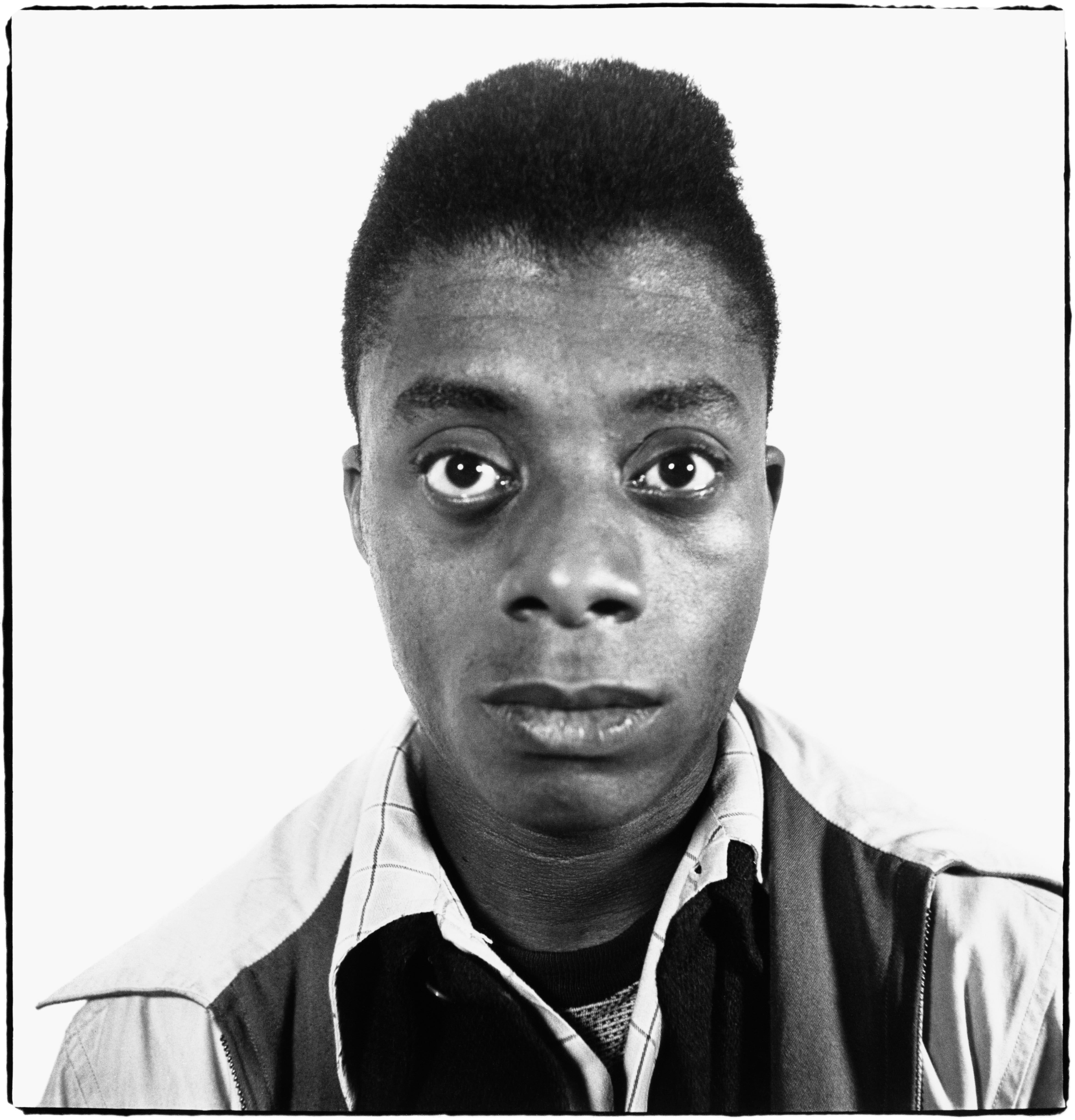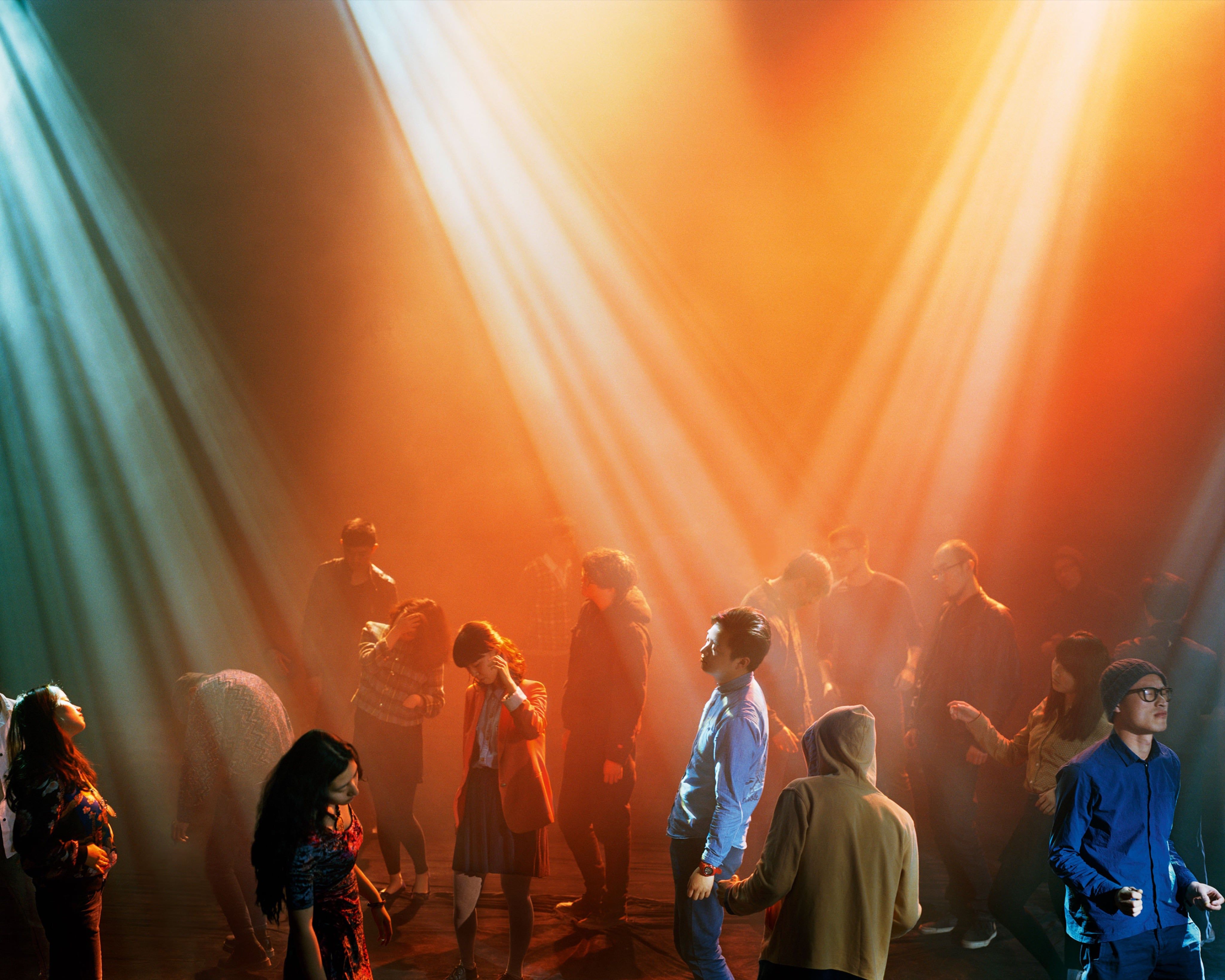Lukas Wassmann: W
|Philip Maughan
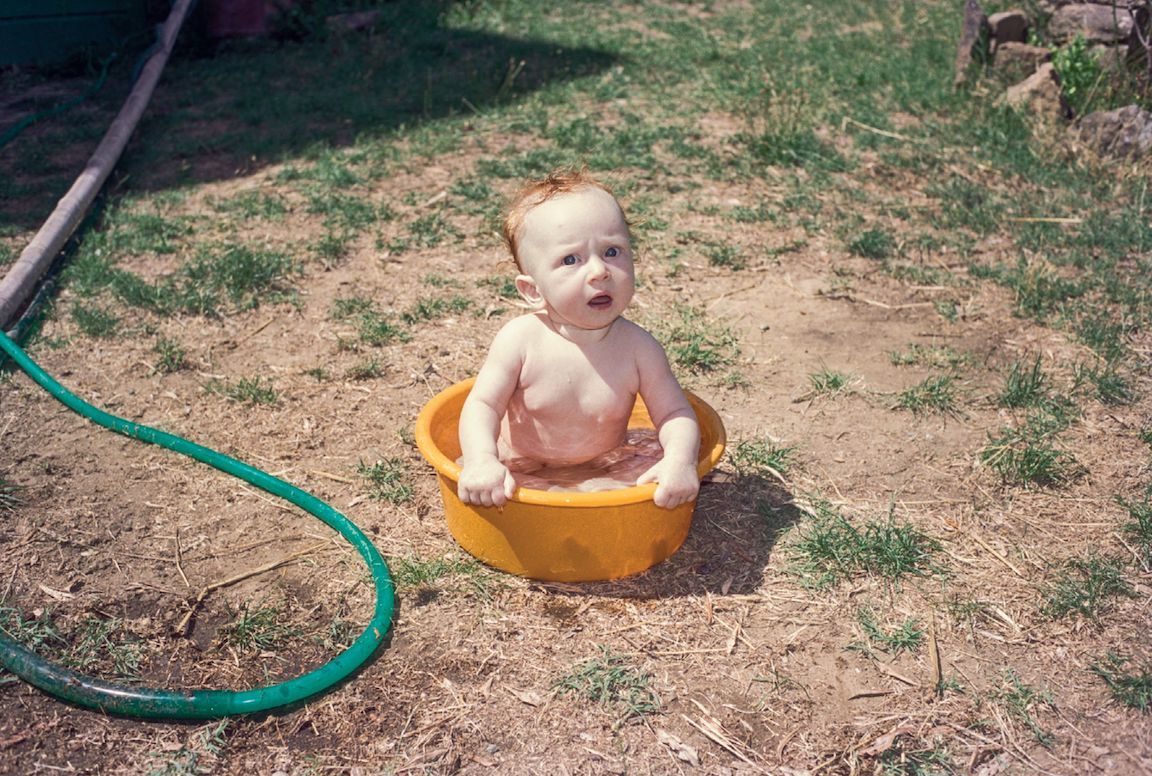
In his photography, Lukas Wassmann purposefully merges glimpses of high fashion and material luxury with what might fairly be considered their opposites: rusticity, tradition, hay, tree bark, and manure. The synthetic nestles amid the organic and the aspirational sits next to what is given at birth. For example, a pink Miu Miu bag hangs from the horns of a goat, and a hot Vetements babushka disappears into the crowd of tourists thronging a waterside Zurich promenade.
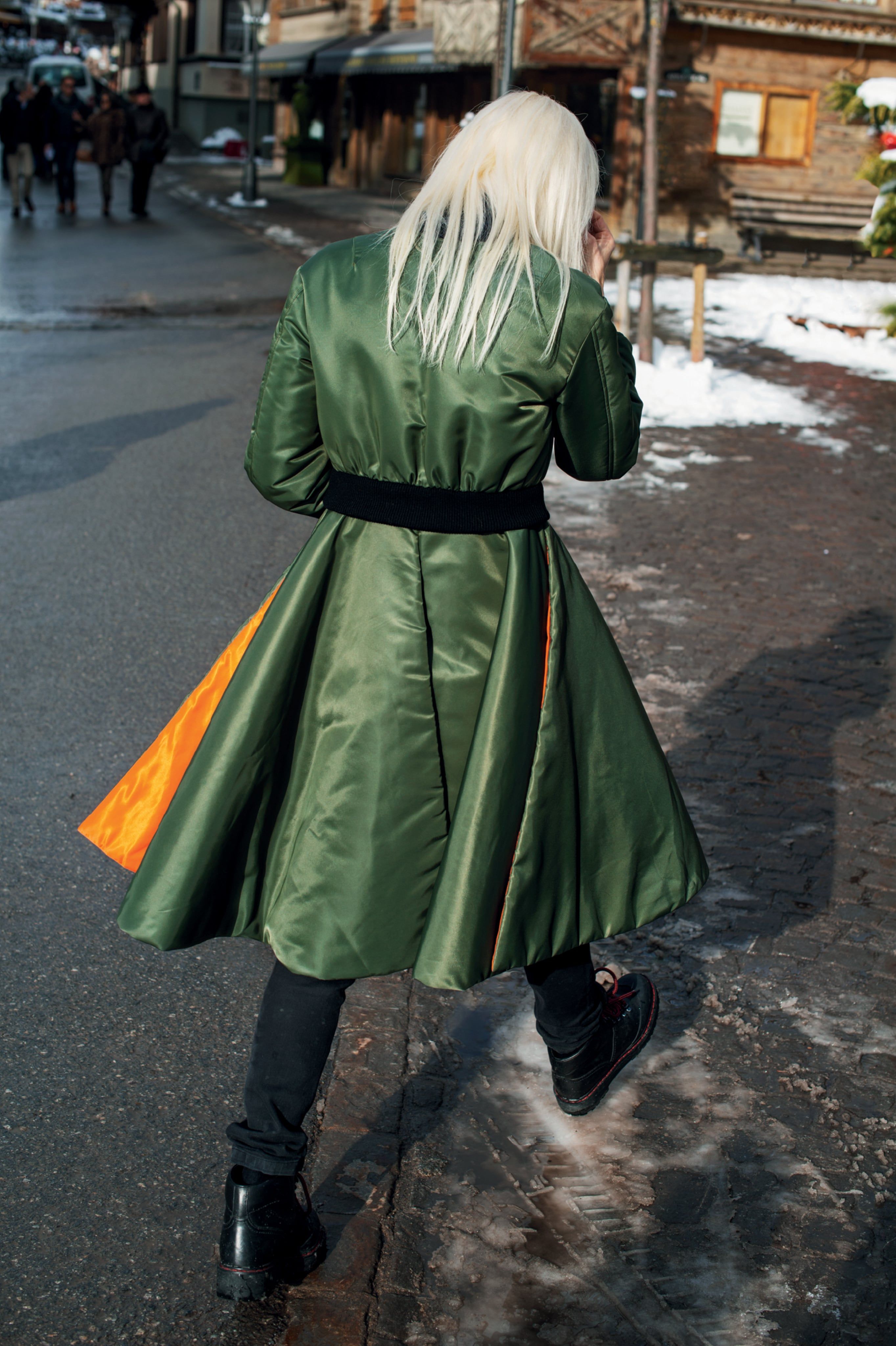
The boundary between society and the natural world is always shifting in Wassmann’s images, a juxtaposition that is developed further in the Swiss photographer and artist’s latest publication, W.
Newly available from Edition Patrick Frey, W allows heroic landscapes, intimate moments, and esoteric interiors to occupy the foreground, creating an assemblage that mixes with occasional “money shots” – Lil Yachty with his head bowed backstage; a close-up of Roger Federer’s hands – loud images partially muted by their shrunk-down size, almost oppressed by the 2-D white cube of the printed page. He creates what could be perceived as an aura, or a (lonely) decontamination zone, like the gloriously patterned blue knee-high boot propped on a wall, or Anna Wintour peering out from within a forcefield of empty chairs at Kanye West’s Madison Square Garden Yeezy Season 3 show. The effect is not to silence or ignore the bright and sequined world of fashion, but to (re)present it from the perspective of home: as one of many passing thoughts, as memory, or as a destination beyond the present.
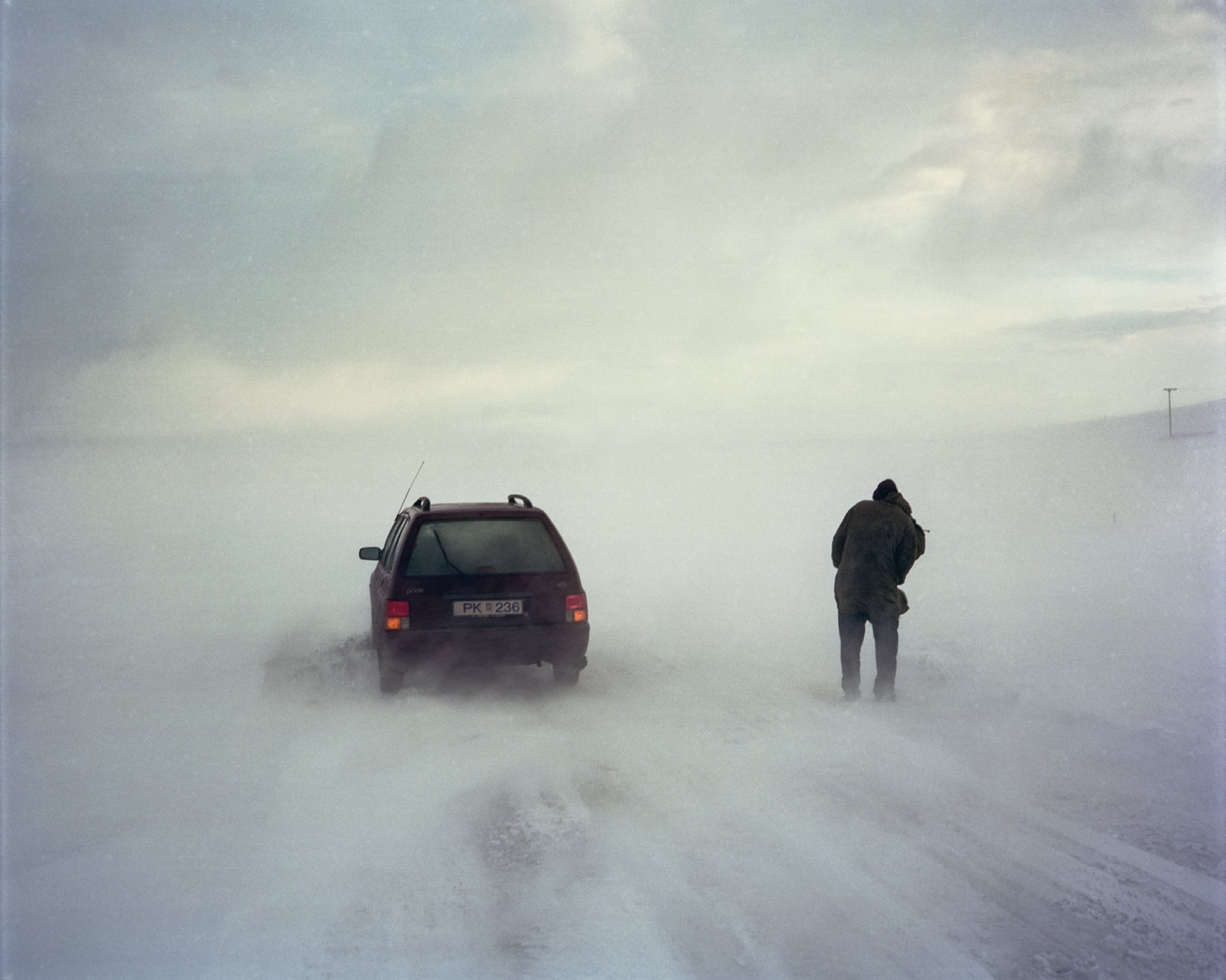
Wassmann spoke to 032c from his home in Stallikon, near Zurich – begging forgiveness for his “Swiss mountain farmer” style English, which we love, and would never seek apology for – to understand the logic that underpins W, and to deconstruct a couplet of images we deeply fuck with.
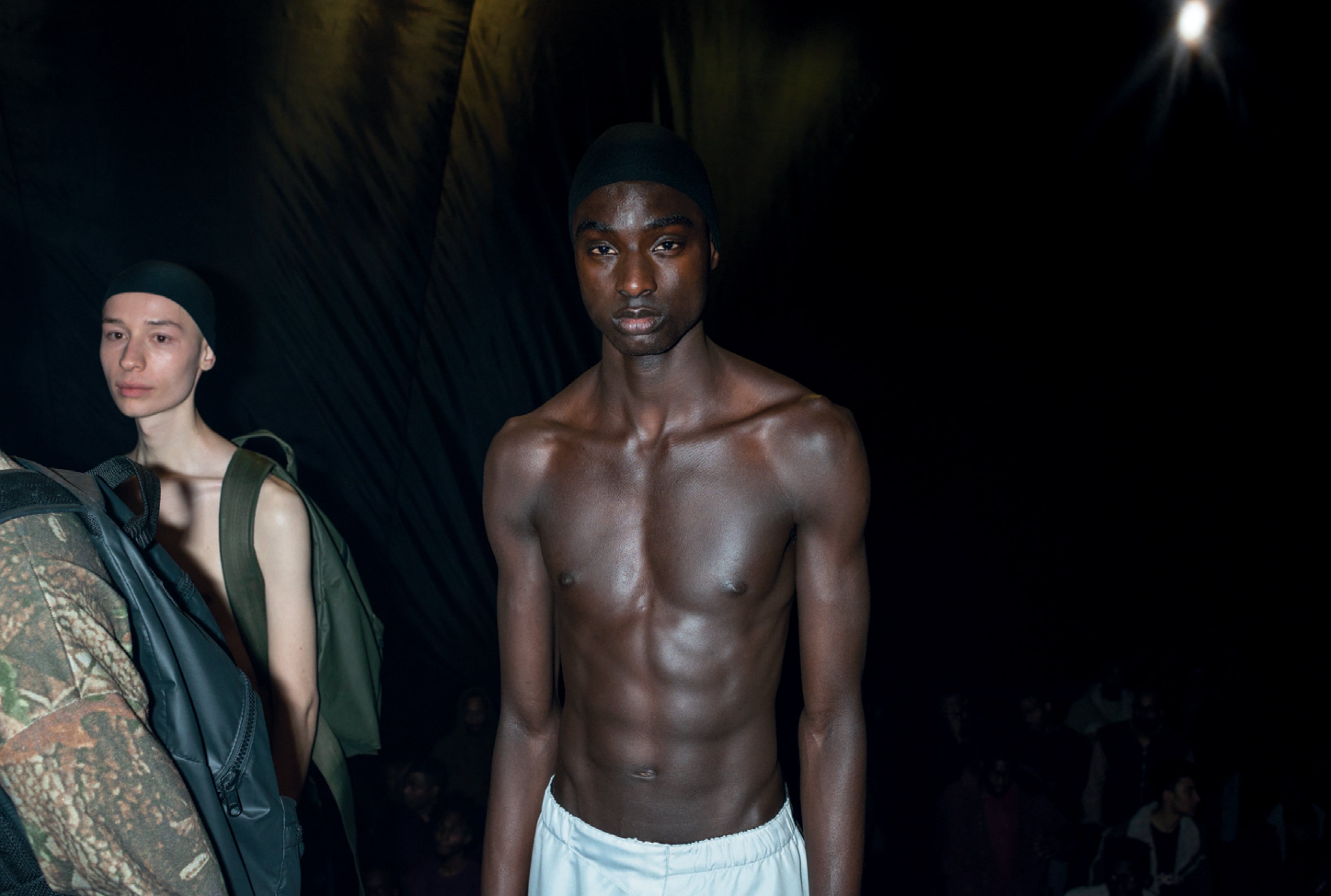
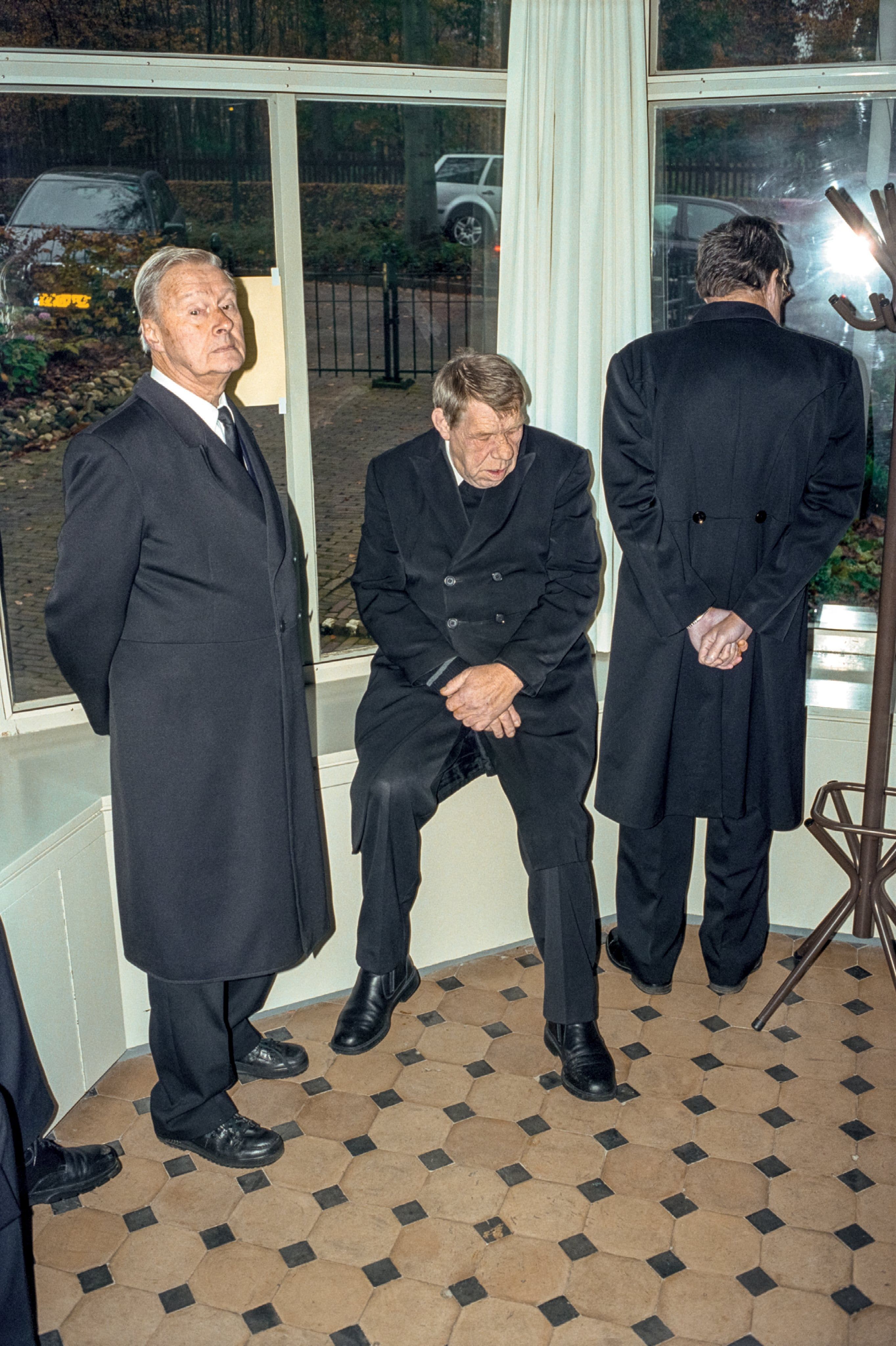
Why “W”? Should we read into this that this is an autobiographical book?
Yes! I guess W stands for Wassmann. My first book, published in 2012, was called L, so now we have W. In a way, W is a kind of answer to the last book. L and W is me, so at least the title is autobiographical . . .
Your fashion photography often juxtaposes luxury moments with rural, traditional, “everyday” scenes – yet in the book it feels as though the juxtaposition is reversed: portraits of the great and good seem quieter than you’d expect. What was the thought process for assembling the layout?
Similarly, it started where the last book left off. L was a collection – let’s call it a best of. It showcased images that were louder and more typical of what I consider the backbone of my work, edited by a man named Dino Simonett. In the editing process for W, we were looking more at the quiet moments, images in my archive from the last 18 year that now have a specific importance for me.
Why so much white space, rather than larger frames for the images, and why are so many pages left blank?
My editing partner and the book’s graphic designer, Teo Schifferli, came up with this idea and I liked it. I think it’s because it requires the viewer to hold the book closer and maybe look more carefully at it. On the other hand, it makes the arguably less “spectacular” images look richer, and gives me the power to encourage the reader to take a second look.
Is there a continuity in your mind, or a separation between art and fashion photography? Does the personal influence the commercial, and vice versa?
I try to treat them equally – though for some jobs you really have to maintain boundaries. But with regard to what landed in the book, I don’t think there is a separation, no. Everything influences everything else.
How is the work of assembling a book different from putting together an exhibition or an editorial? Do you think differently that you might for a digital campaign because books are expected to last longer?
I think you have the chance to get more personal in a book. My last exhibition, in Milan two years ago, was also an exercise in making personal work. I called it “amici.”
I’d love to go deep on the two photographs below. Who are these people? What’s going? These images appear side by side in the book – why?
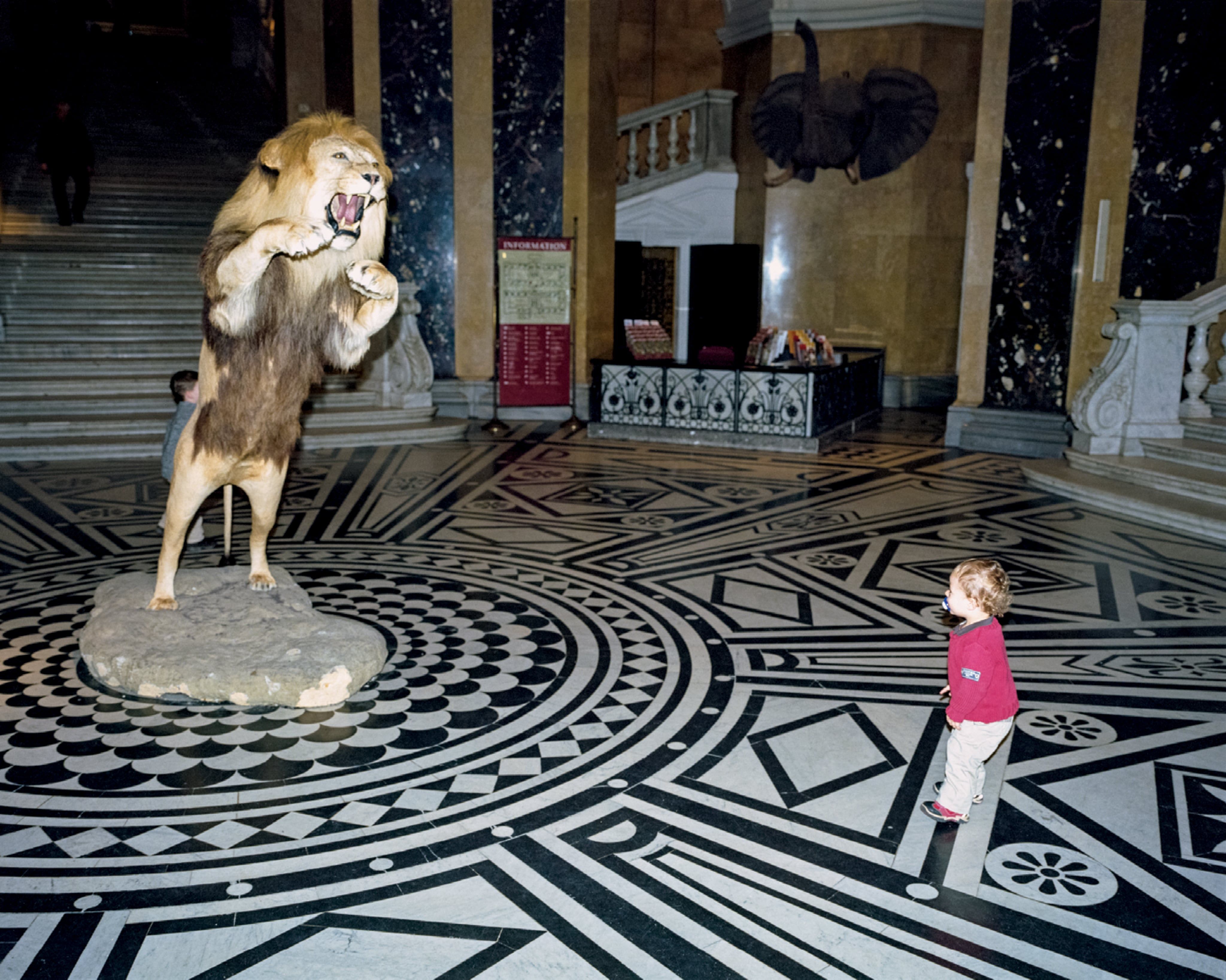
The image with the child and the lion I shot in Vienna in 2009 during a reportage traveling all Europe in just ten days. The journalist Max Küng and I completed a sort of Grand Tour which included the Natural History Museum in Vienna. There was this kid paddling around in front of this lion. I shot three frames and knew it would be an OK picture. When I shoot reportage, I try to switch on all my senses and keep shooting. It’s later, in the editing process, that I find out what works. Then I can start using the images for differing purposes.
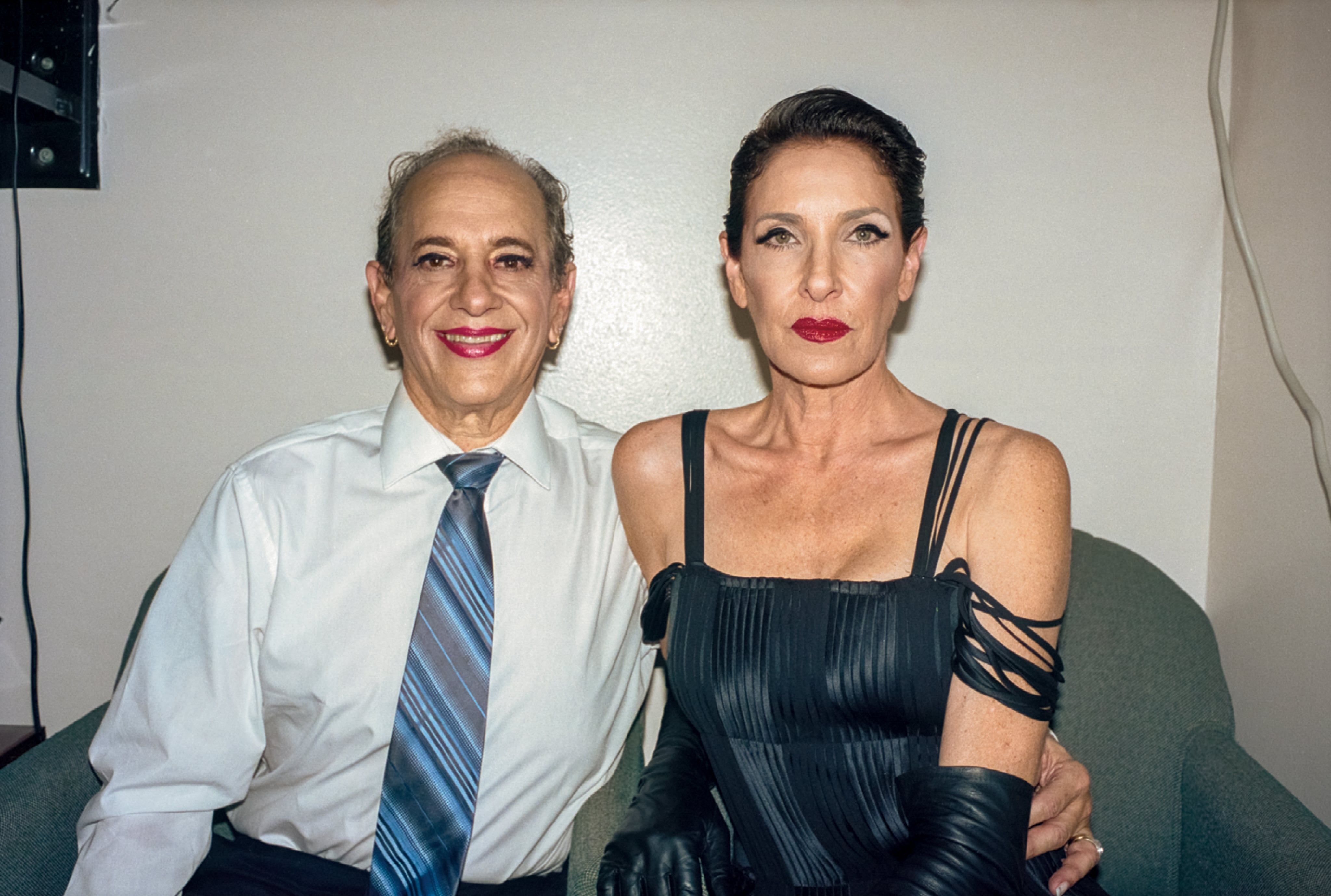
The lipstick couple picture was shot last year in LA for Unemployed magazine. The stylist Victoria Sekrier and I shot a story about strong women. She was a dominatrix and he was Helen, her slave. They were showing us their role play, and we dressed them for it. I think the most touching aspect for us was when Helen started telling his story, why it is he’s so into role play, and about his relationship with his dominatrixes. The photo was shot after he told us all this, and to me it was like taking a photo of a friend. It reflects the weirdness of the situation. I just really like them both.
W is published by Edition Patrick Frey (Zurich, 2018) www.editionpatrickfrey.com. You can see more of Wassmann’s work here.
Credits
- Text: Philip Maughan
